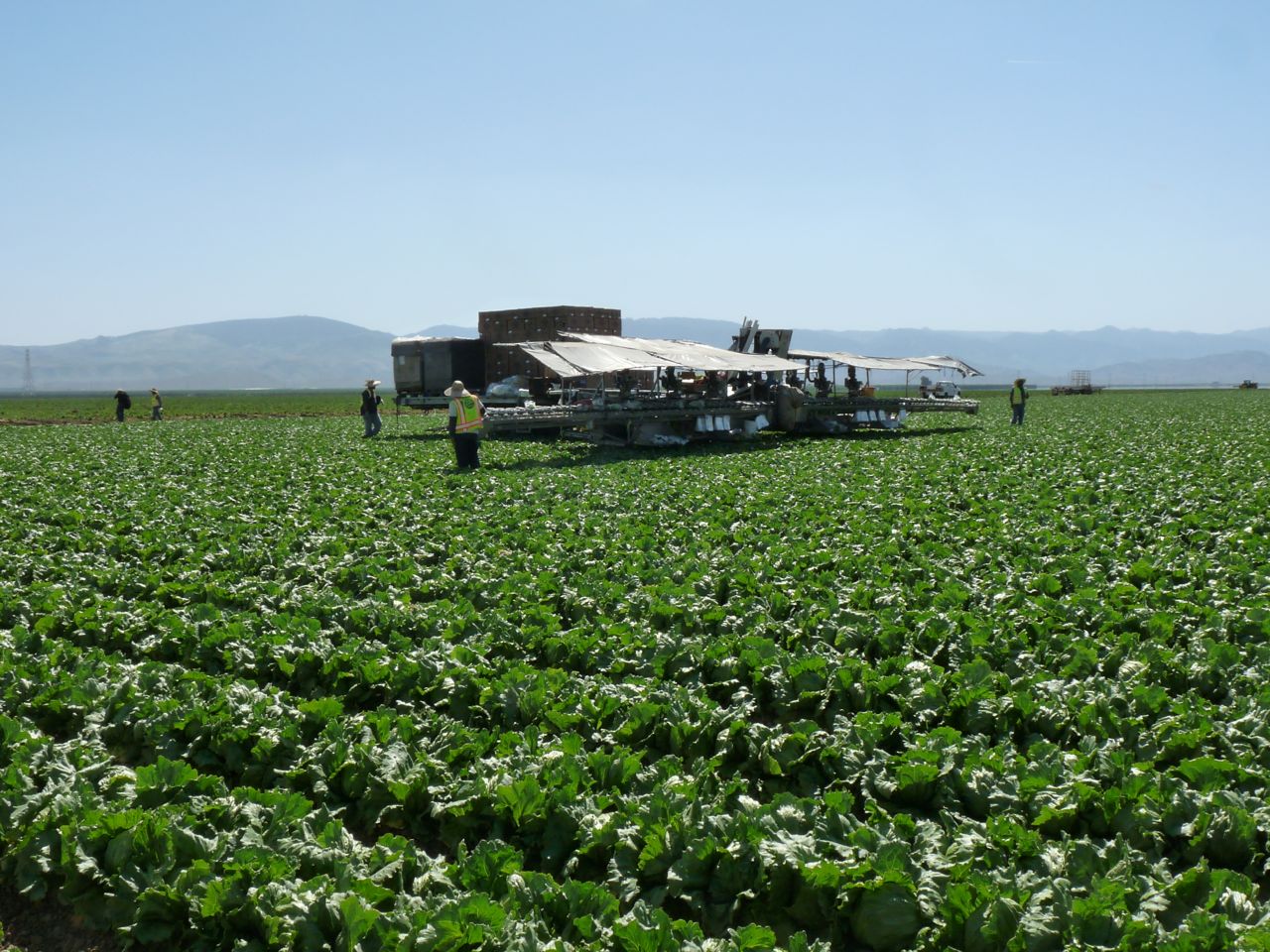President/CEO Westside Produce on Food Safety
Stephen Patricio, President and CEO of Westside Produce, a grower, packer and shipper of cantaloupe for California and Arizona, talks about food safety of our locally grown foods.
“The Center for Produce Safety is a 7 year-old organization that facilitates science-based actionable research to improve the quality as well as the safety of the healthy fruits, vegetables and tree nuts we are so proud of,” said Patricio.
Patricio commented that in general, growers have a great understanding of food safety. “There’s been a tremendous awareness over the years I’ve been actively involved, and we’re maturing everyday. Realistically, the industry matures, the workers mature, because the elements of food safety don’t exist in an ivory tower or in an office, or in a tractor or in a shop; they exist everywhere on the farm,” said Patricio.
“From the absolute beginnings on the dirt all the way through the packing houses to the shipping docks to the sales offices; it’s a culture. Food Safety is a culture, not just an action,” he added.
And for those consumers worried about the nutrition and safety of their produce, Patricio reassures that everyone involved in produce cares just as much as they do. “What I continue to tell people is that there is not a farmer, producer, or grower anywhere who doesn’t eat the product that they produced themselves. And, they feed it to their family, their children, their grandchildren. And they’re proud of it, they’re happy with it.”
Patricio continued, “If that’s the approach that people simply take to their daily actions and activities, well, I don’t have to worry about the safety of food. We just have to use our heads and manage temperature and everything from spoilage to cross-contamination that can happen anywhere. But you do a good job of creating a safe product,” said Patricio.
The beauty of California produce, according to Patricio is that it is “not a sterile environment. Everything isn’t produced in a factory, taken off a shelf, or torn out of a plastic container. It’s all healthy and from nature. It’s in God’s container and we just have to do our job of not contaminating it.”











